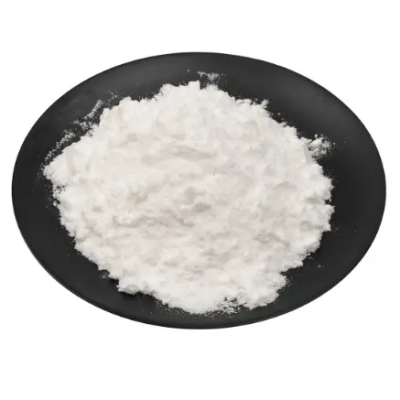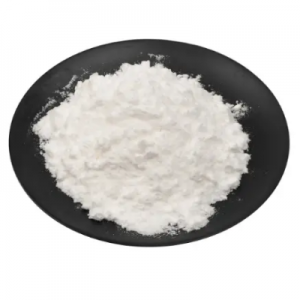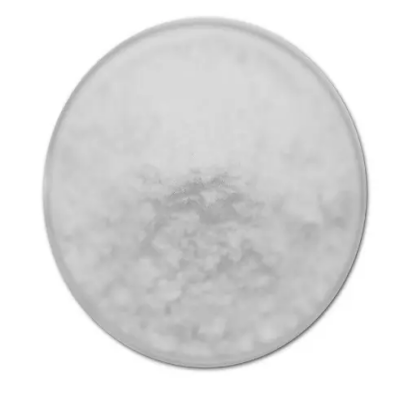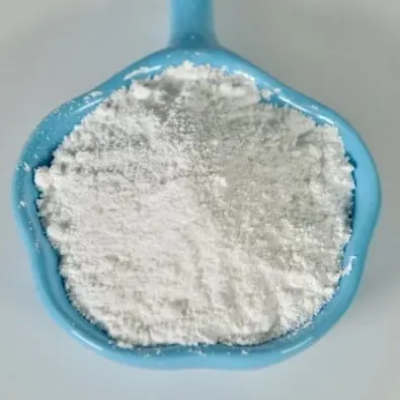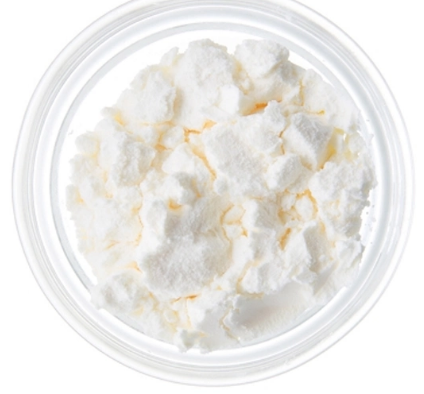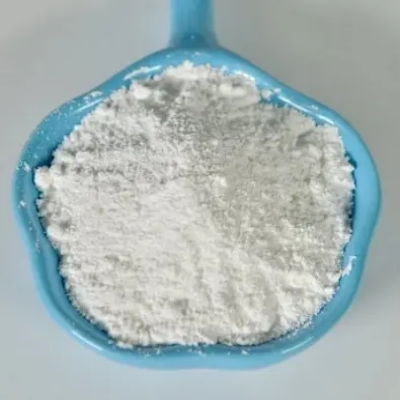1,4-Dihydro-2,6-dimethyl-4-(2′,3′-dichlorophenyl)-5-carboxy methyl-3-pyridinecarboxylic acid CAS:123853-39-4
1,4-Dihydro-2,6-dimethyl-4-(2',3'-dichlorophenyl)-5-carboxy methyl-3-pyridinecarboxylic acid is employed extensively in pharmaceutical research due to its structural attributes and potential pharmacological benefits. Here are its key applications: Drug Development: The compound is investigated for its potential therapeutic applications. Researchers study its interactions with biological targets such as receptors or enzymes to develop novel medications. Its chemical structure, featuring a pyridine ring and dichlorophenyl group, provides opportunities for designing drugs with specific pharmacological profiles. Antimicrobial Activity: Studies focus on the compound's ability to inhibit microbial growth, essential for developing antibiotics or antimicrobial agents. Structural modifications aim to enhance its effectiveness against various pathogens while minimizing harm to host cells. Anticancer Potential: Research explores the compound's role in cancer treatment, examining its ability to inhibit cancer cell proliferation or induce apoptosis. These properties make it a candidate for targeted therapies against different types of cancers. Neurological Disorders: Given its pyridine structure, the compound is investigated for potential neuroprotective effects. Studies explore its impact on diseases like Alzheimer's and Parkinson's, aiming to develop treatments that mitigate neurodegeneration. Anti-inflammatory Properties: The compound's structure suggests it may possess anti-inflammatory effects, useful for treating conditions involving chronic inflammation or autoimmune diseases. Research aims to elucidate its mechanisms of action in modulating inflammatory pathways. Cardiovascular Applications: Some studies investigate the compound's effects on cardiovascular health, including its influence on blood vessel function, hypertension, or lipid metabolism. This research seeks to develop drugs that reduce cardiovascular risks and improve heart health. Molecular Probes: Beyond therapeutic uses, the compound serves as a molecular probe in biochemical and pharmacological research. It aids in studying biological processes, protein interactions, and cellular pathways, offering insights into disease mechanisms and potential drug targets. In summary, 1,4-Dihydro-2,6-dimethyl-4-(2',3'-dichlorophenyl)-5-carboxy methyl-3-pyridinecarboxylic acid is a versatile compound with diverse pharmacological applications. Its unique structure and biological activities make it a valuable asset in the ongoing search for new pharmaceuticals and therapies across various medical fields.






| Composition | C16H15Cl2NO4 |
| Assay | 99% |
| Appearance | white powder |
| CAS No. | 123853-39-4 |
| Packing | Small and bulk |
| Shelf Life | 2 years |
| Storage | Store in cool and dry area |
| Certification | ISO. |


